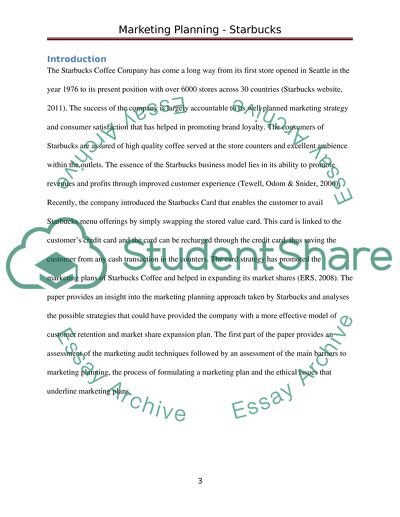Cite this document
(“Marketing Planning Essay Example | Topics and Well Written Essays - 3000 words”, n.d.)
Retrieved from https://studentshare.org/literature/1428411-marketing-planning
Retrieved from https://studentshare.org/literature/1428411-marketing-planning
(Marketing Planning Essay Example | Topics and Well Written Essays - 3000 Words)
https://studentshare.org/literature/1428411-marketing-planning.
https://studentshare.org/literature/1428411-marketing-planning.
“Marketing Planning Essay Example | Topics and Well Written Essays - 3000 Words”, n.d. https://studentshare.org/literature/1428411-marketing-planning.


